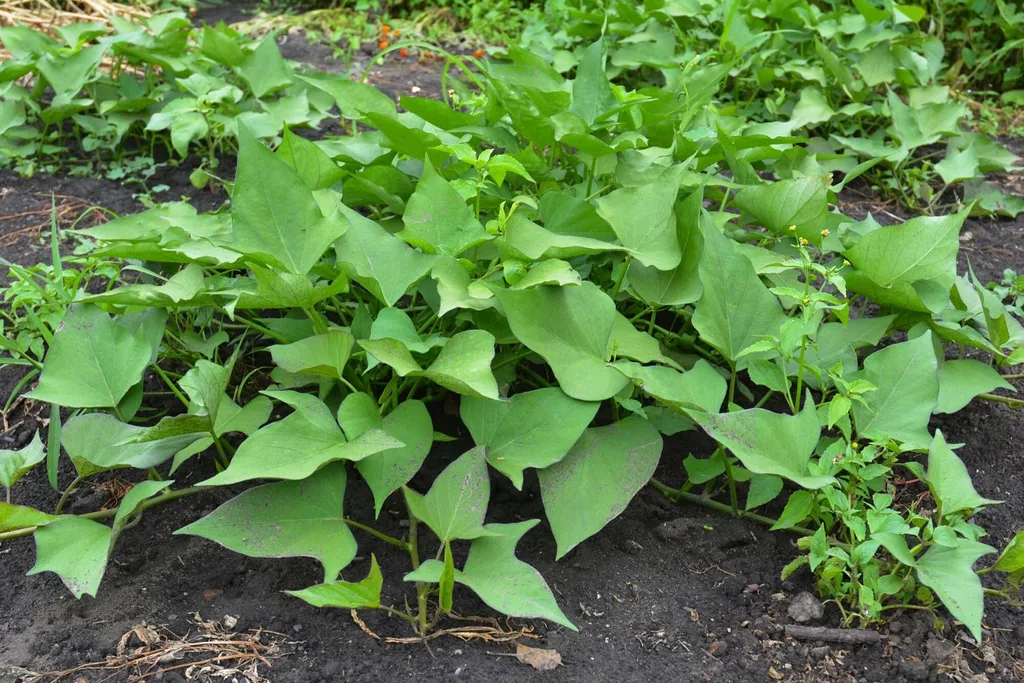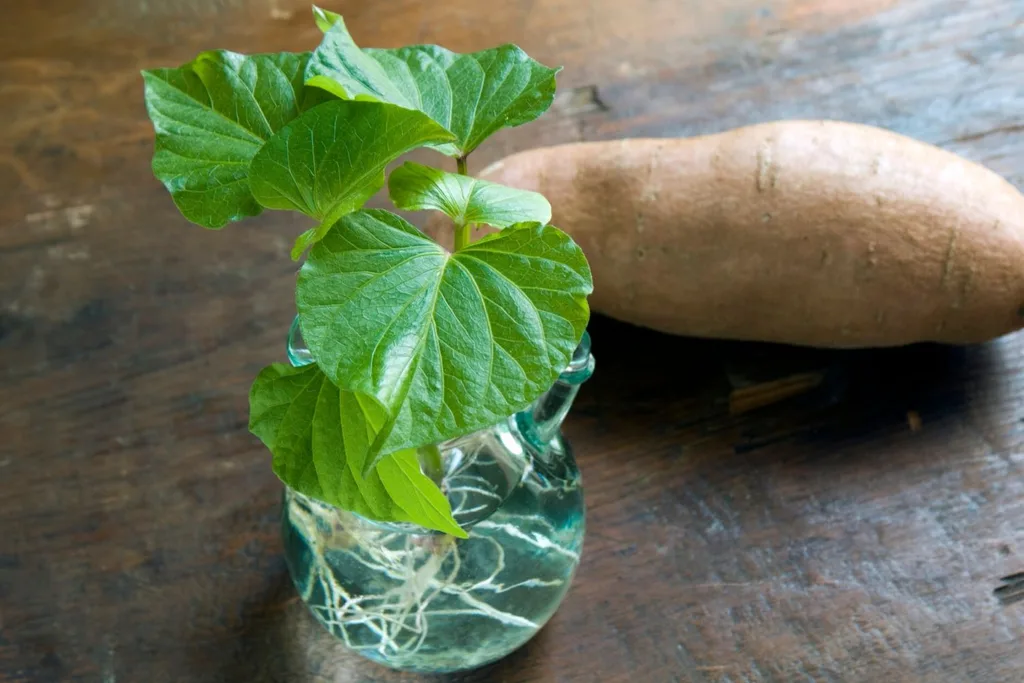Can you eat sweet potato leaves?
The orange potato aka the tuber isn’t just the sweet stuff on offer did you know that you can eat the sweet potato leaves too? And before you ask if sweet potato leaves are poisonous or not – they’re not, they are 100% edible and 100% delish! Most popularly eaten in the islands in the Pacific Ocean, Asia and Africa but also in Spain where the vines are called camote tops. Like most greens have a slightly bitter flavour, here’s everything else you need to know.
How does sweet potato grows?
Sweet potatoes are among the easiest of the Convolvulaceae (potato) family to grow. They love tropical climates with sandy soil, plenty of light because they aren’t fans of the cold or wet. Sweet potato vines aren’t fussy – they’ll spread along the ground up to 13 feet or cascade out of your containers as far as they can stretch. They’re lush leaves add a decorative pop of colour to your garden and you’ll reap the rewards with homegrown sweet potatoes in around 100 days.
How to cook Sweet Potato leaves
When it comes to cooking sweet potato leaves, treat them like other dark leafy greens. Here are a couple of ways that you can cook with them:- 1. Raw: just like any dark leafy green you can add them to your salads
2. Sauteed: roughly chop them up and sauté them with some butter and garlic
3. Boiled: boiling sweet potato vine leaves will help remove their bitterness.
4. Juiced: add them into your daily juice for a vitamin kick.
Health benefits of sweet potato leaves
Not only are sweet potato vines low in calories with just 12 calories per cup, but they are a great source of numerous fibre, antioxidants, essential vitamins A, B, C, D, E and K and minerals like niacin, thiamine and beta carotene.










